North America is the leading driver of teledermatology services worldwide, accounting for 30 percent of global revenue in the field. Essentially, teledermatology involves practicing dermatology — diagnosing and treating skin problems — online.
Teledermatologists use telemedicine to make diagnoses and determine the best course of action to help a patient. They use telecommunications methods such as audio, visual, and data tools rather than seeing patients in person.
Some of the common conditions that teledermatology can help with include
- Acne
- Alopecia
- Benign lesions
- Dermatitis/eczema
- Hair and nail conditions
- Certain inflammatory conditions
- Premalignant and malignant neoplasms
According to the American Telemedicine Association (ATA), teledermatology is one of the most popular types of telemedicine practiced in the United States. This is because dermatology can be practiced fairly well using video and high-resolution scans and photos to diagnose and treat skin conditions.
Benefits of teledermatology
Research shows that clinics using teledermatologists save a net of about 30 percent of total operating expenses. Instead of having an in-house dermatologist on the payroll, they can reach out to experts as needed, which is more cost-effective.
Teledermatology is also popular among patients. In a survey, regular teledermatology users reported a 97–percent satisfaction rate with the service. A high percentage of the patients in the survey (93 percent) also said they felt at ease throughout the teledermatology consultation process.
By using telecommunications technology, teledermatologists can also help patients across wider geographical areas, which is a boon for both patients and clinics. In remote locations where access to dermatology services is virtually nonexistent, patients can send smartphone pictures of suspicious skin lesions to their physicians. These images can then be sent to teledermatologists using cloud-based dermatology software.
This saves time that would be spent arranging an in-person consultation for which the patient and specialist may have to travel a long distance. Even if the patient isn’t in a remote location, telemedicine saves them the logistical inconveniences associated with interrupting their workday or childcare routine.
Advancements in modern, cloud-based dermatology software also help teledermatologists serve a higher number of patients than would otherwise be possible, potentially helping save more lives.
That’s because the main focus in dermatology research is on early detection techniques using new technologies such as total body photography and teledermatology. Early detection helps raise skin cancer survival rates.
How is teledermatology delivered?
It’s important to understand how teledermatology software and other telecommunications methods are used to assist teledermatologists. Most teledermatologists use “store-and-forward communications” or “full-motion video.”
In store-and-forward communications, digital images or patient data are sent to the teledermatologist to review. Full-motion video is when the dermatologist, the referring physician, and/or the patient have a live video conference. Hardware, such as dermatoscopes, power zoom lenses, oblique angle viewing devices, and contact plates, may also be used.
Many practices use specialist dermatology software such as DermEngine to share store-and-forward communications and hop on full-motion video conferences. But they employ other telecom techniques such as phone calls, emails, and digital forms to deliver services as well.
Jotform offers a range of medical forms that help with the Health Insurance Portability and Accountability Act (HIPAA) features. These secure forms meet HIPAA data-privacy protocols. Forms particularly handy for teledermatology services include
- Patient enrollment and signature collection. This is useful if your new patient is in a remote location, because it allows you to collect their details and signature digitally.
- Online medical bill payments. These allow patients to pay safely and securely by a variety of means, including Square, so they don’t need to come to your practice to pay.
- Medical history updates. If you’re dealing with an existing patient — perhaps someone having an annual preventative melanoma check — ask them to fill out an update online.
- Emergency contact details. If you need to collect contact details for a new patient’s next of kin, use this form to gather the info.

Combined, all of these tools can help deliver high standards of teledermatology care and related services in an efficient and reliable manner.
Demand for teledermatology as a way to diagnose and treat skin disorders is expected to grow. In fact, by 2024, the market is expected to be worth $8.6 billion — almost double its 2016 value.
Technological developments and an increase in online education continue to boost the market. For example, colleges such as Boston University have started providing special, online teledermatology education, applications, and training programs for their students. Rapid developments in telecommunications, like the introduction of 4G LTE, have also fueled the uptick.
Teledermatology is a discipline that’s here to stay — for the benefit of patients and practitioners alike.



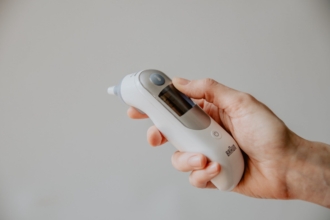



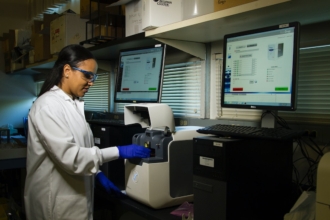
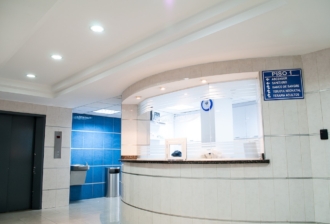
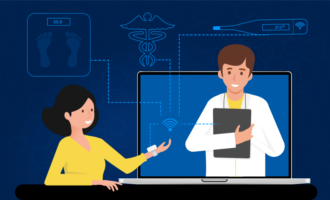
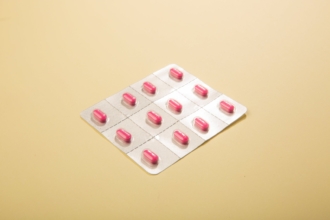




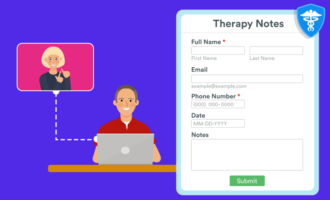




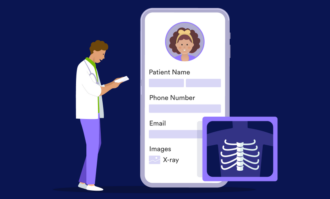















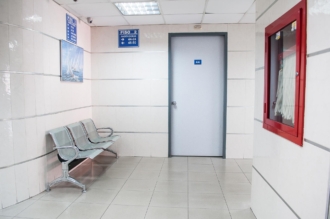






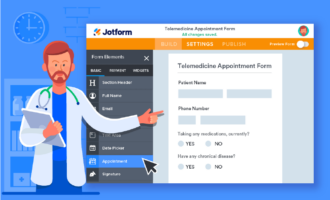

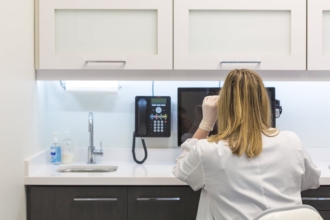


Send Comment: